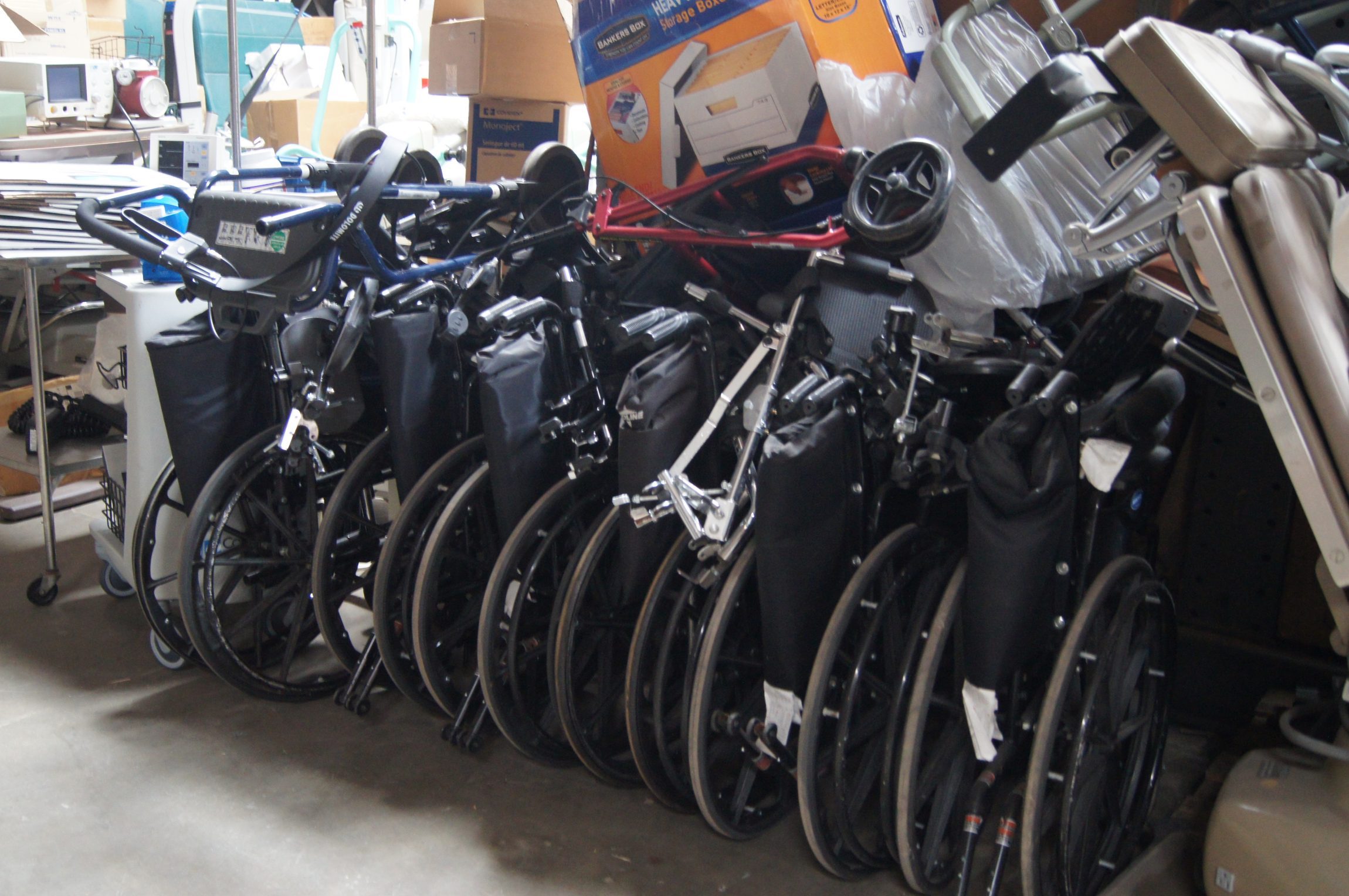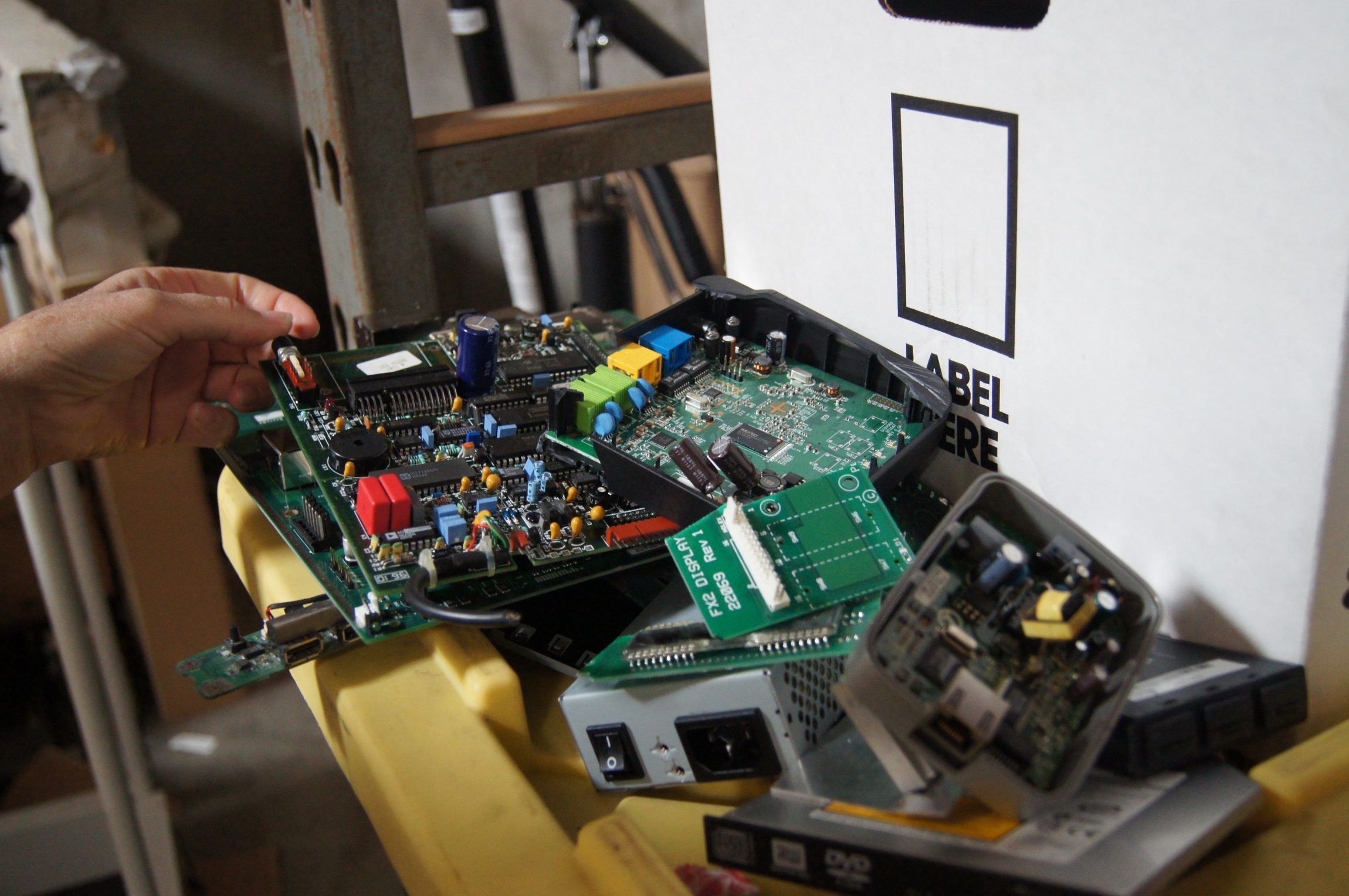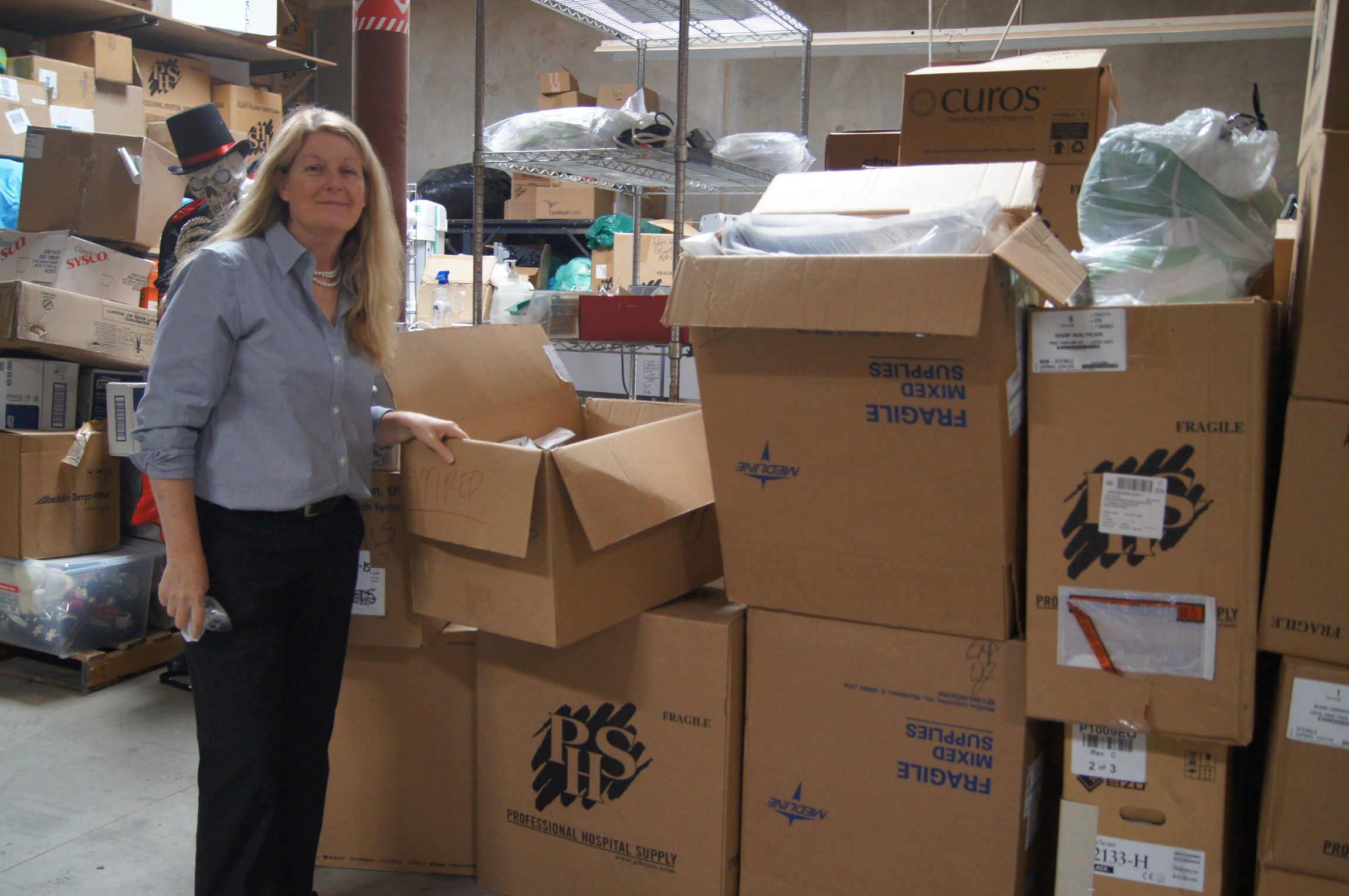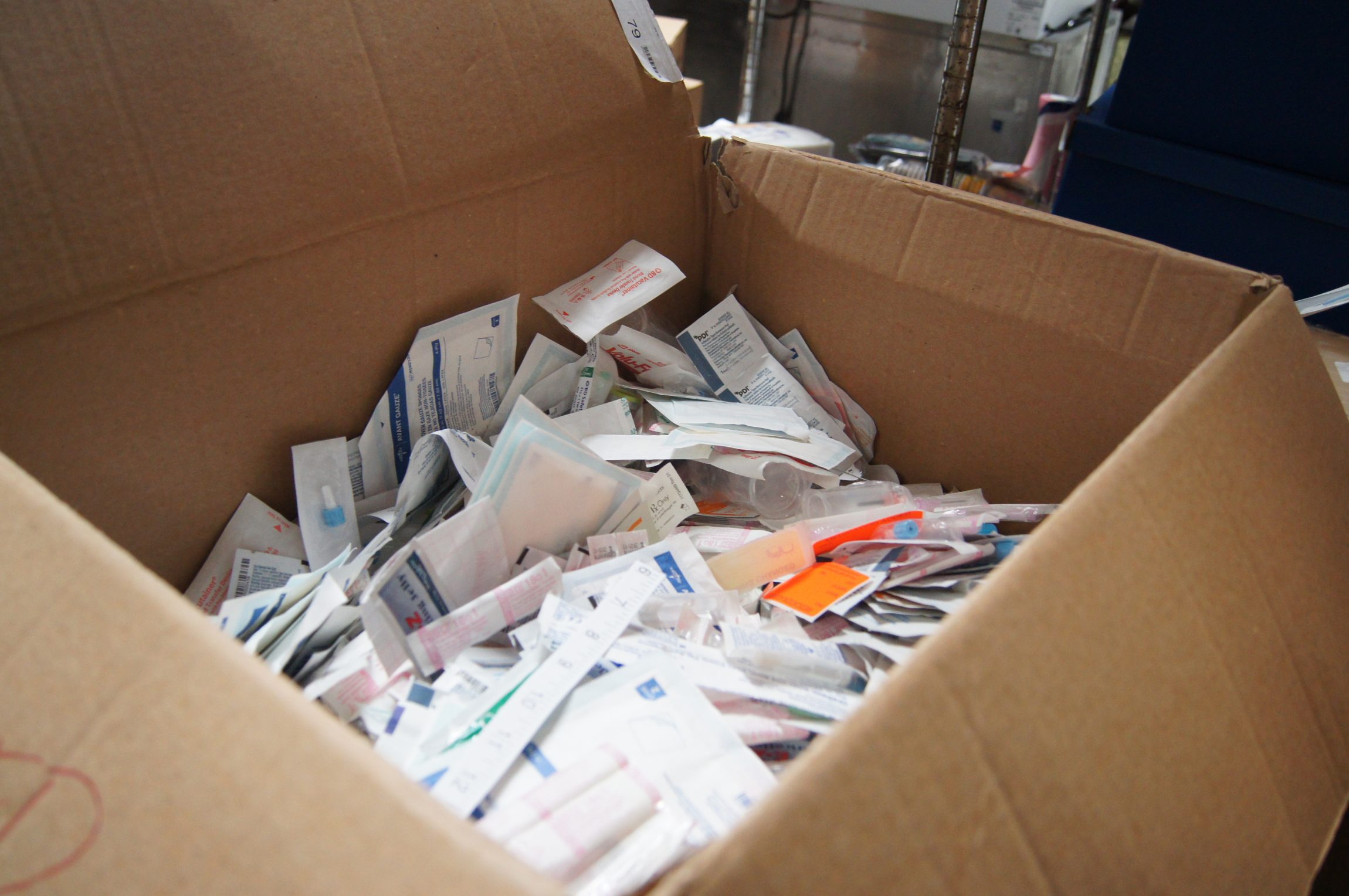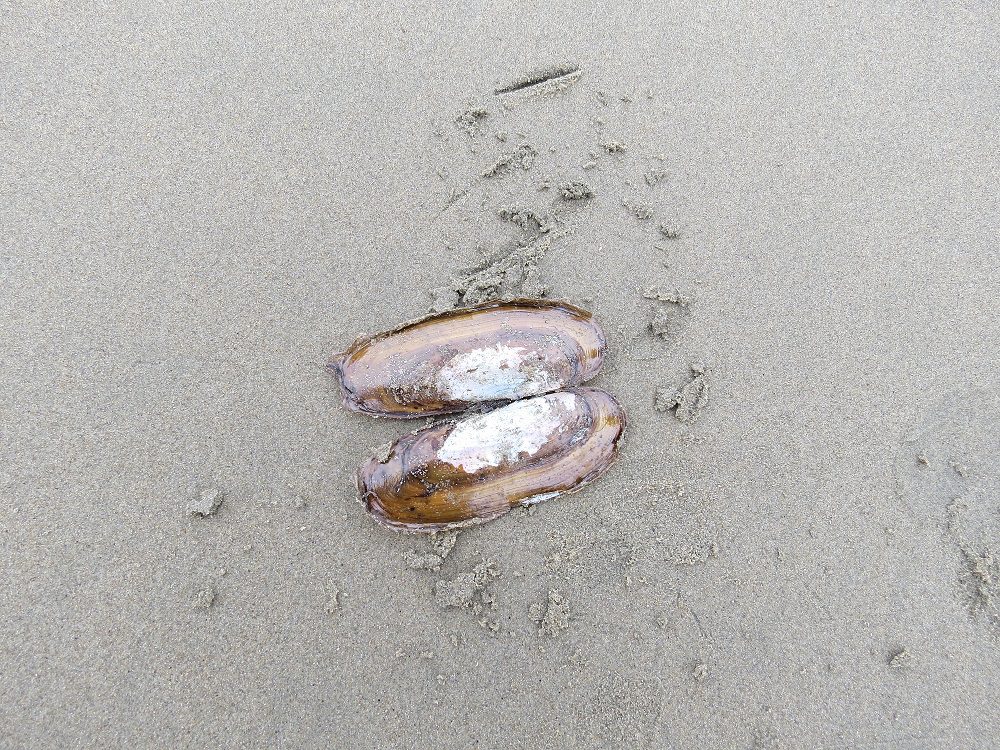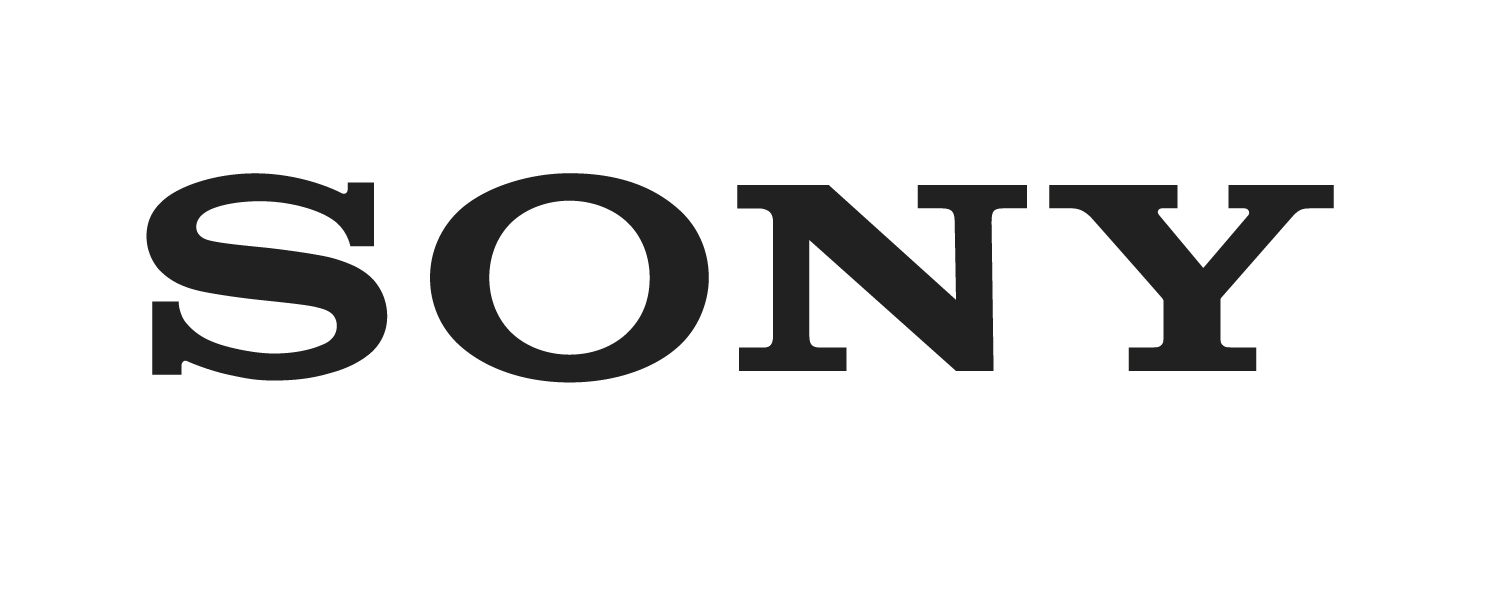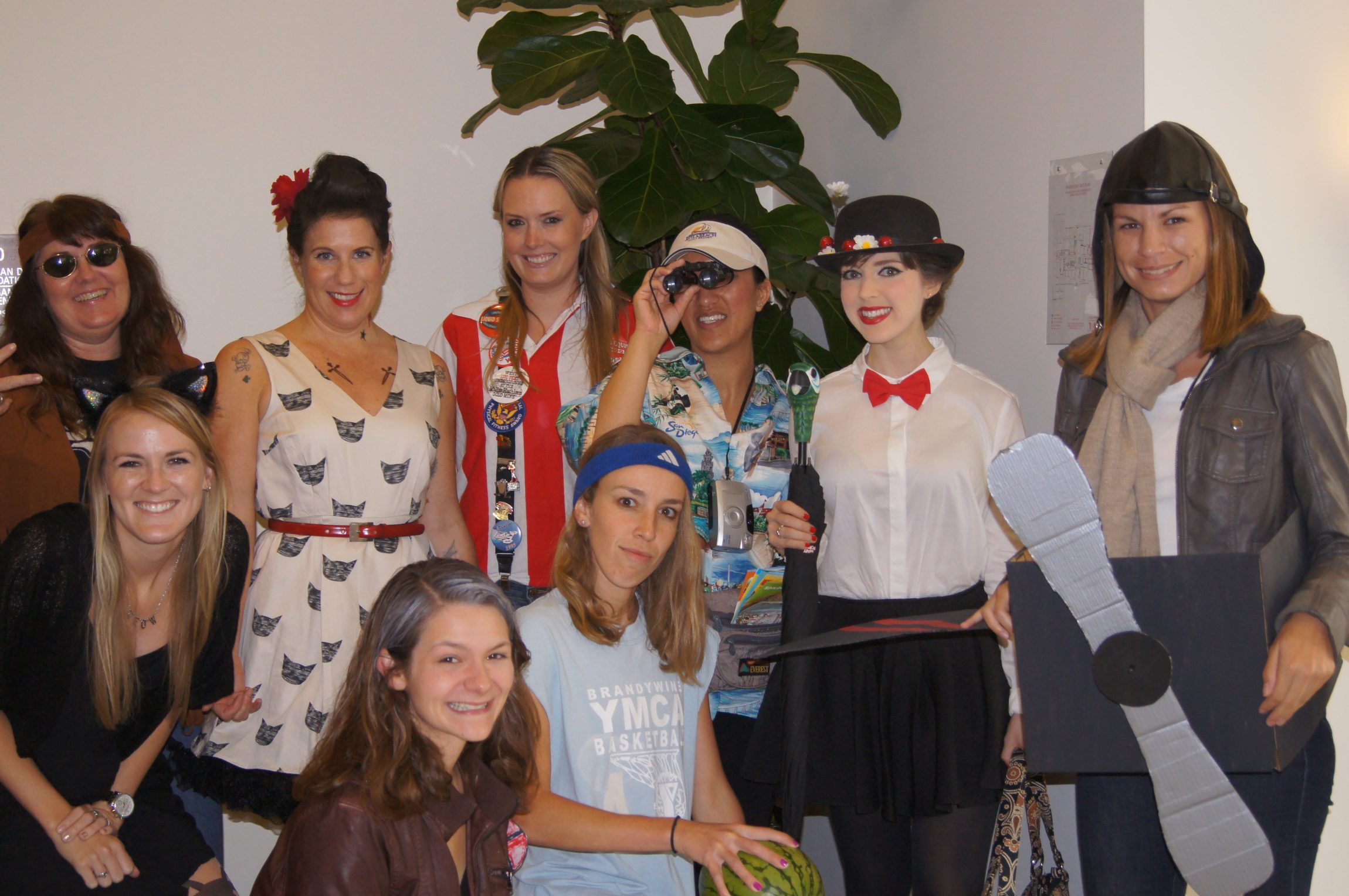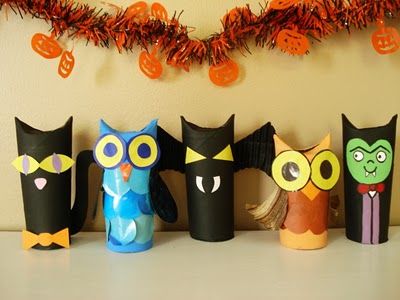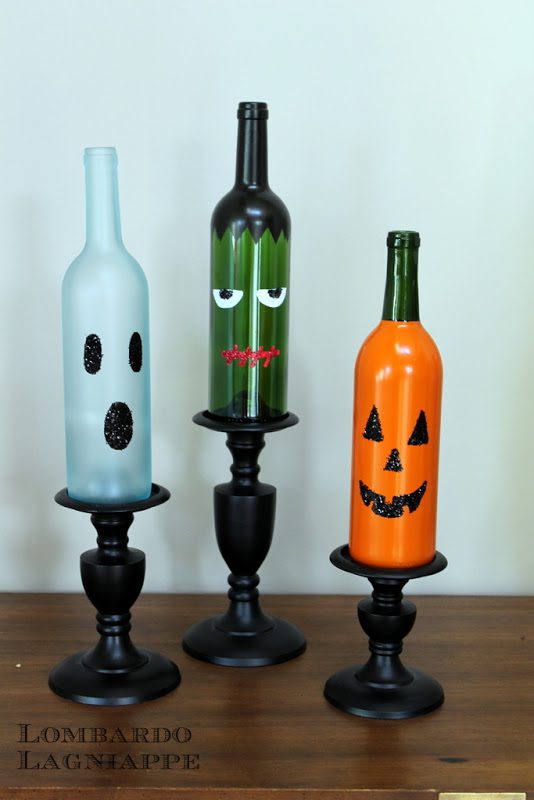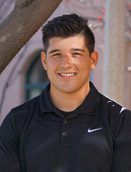 Today’s blog comes from our Contracts Manager, Sam, who has been attending several meetings related to San Diego’s Zero Waste Plan, including food recovery and organics recycling. The idea of zero waste can seem daunting or too far-fetched. Read on to learn about other cities that have successfully implemented zero waste practices IRL (in real life) and what San Diegans can do to help reach these waste diversion goals.
Today’s blog comes from our Contracts Manager, Sam, who has been attending several meetings related to San Diego’s Zero Waste Plan, including food recovery and organics recycling. The idea of zero waste can seem daunting or too far-fetched. Read on to learn about other cities that have successfully implemented zero waste practices IRL (in real life) and what San Diegans can do to help reach these waste diversion goals.
As we all know, “Zero Waste” is a hot button word around environmental circles these days. By its definition, Zero Waste is a commitment to diverting at least 90% of all waste away from landfills, and utilizing other means of proper disposal. But what does it look like in practice? How far along are we? What are the challenges? We will take a look at three California cities to see!
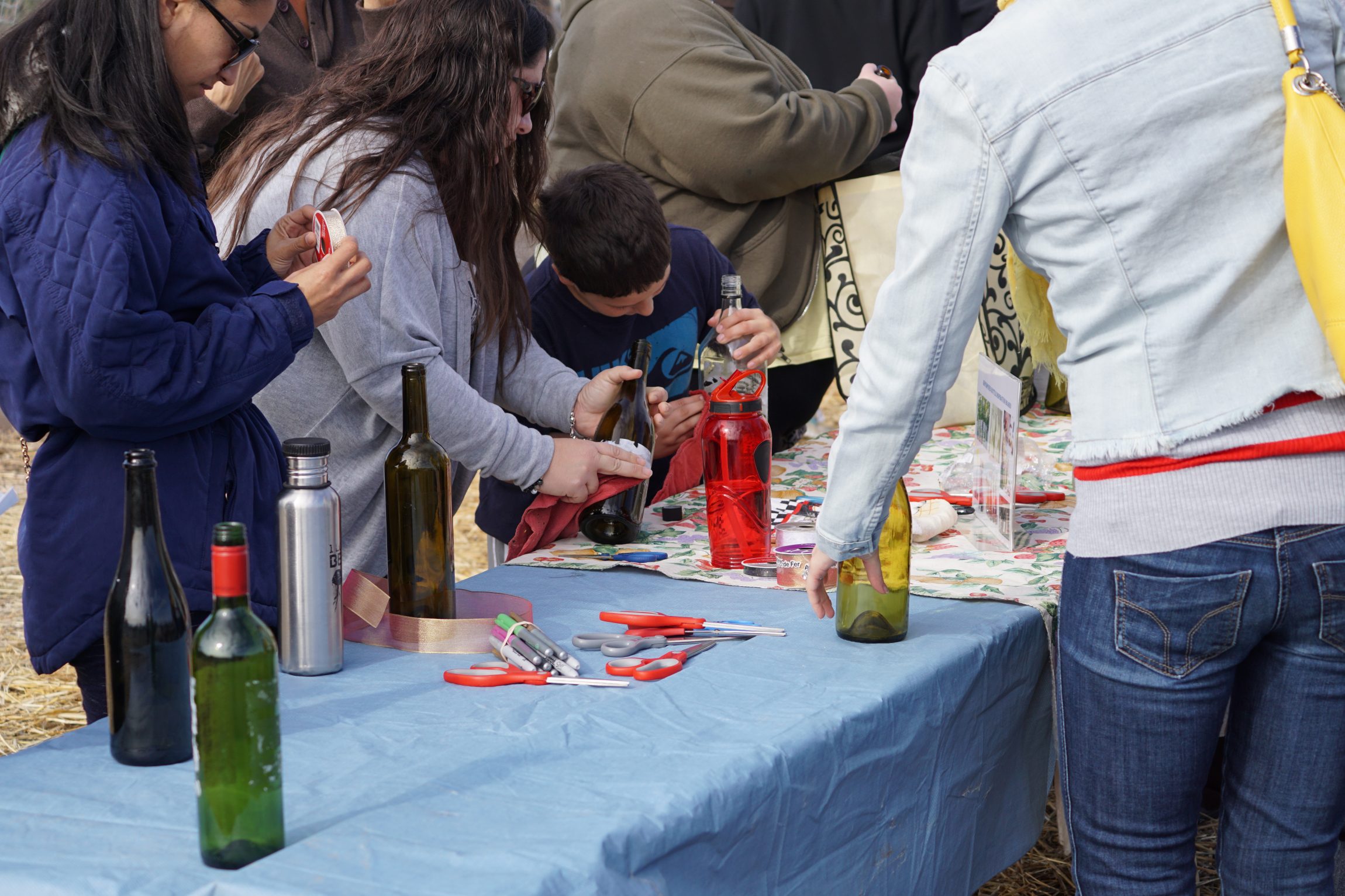
Let’s start with the current big kid on the block in all environmental programs, San Francisco. San Francisco has been among the leading pioneers in the nation for environmental programs, and zero waste is no exception. As a part of their commitment to 90% waste diversion by 2020, San Francisco has implemented composting and green waste recycling pickups at businesses and residences. Along with convenient disposal, San Francisco has also invested in providing the public with educational resources about reducing food waste, consumer and producer responsibility, and the list goes on! When other cities in the U.S. look to a city to replicate good behaviors, San Francisco is a wonderful place to start.
Next, let’s look at Los Angeles. Currently hovering around 75% diversion of waste away from landfills, Los Angeles’s goal is to to achieve a lofty 97% waste diversion by 2030 through SWIRP, which is an acronym for Solid Waste Integrated Resources Plan. LA’s infrastructure will soon follow in the footsteps of San Francisco to ensure that greater tonnages of green waste (yard clippings, food scraps, etc.) and compost can be properly disposed of instead of winding up in a landfill. Along with San Francisco, LA believes educational outreach for both food waste reduction and proper recycling techniques are critical to their long term goals. Looking to achieve 87% diversion by 2020, Los Angeles has made a firm commitment to realizing their ultimate “zero waste” initiative by 2030.

Last, but certainly not least, our wonderful home of San Diego. The macro-level goal is to achieve virtually 100% waste diversion by 2040, with yearly increments designed to test the progress. Along with LA, San Diego is playing catch up to San Francisco in regards to the infrastructure required to divert large quantities of green waste. Working with the State recycling agency, CalRecycle, as well as haulers and constituents to ensure the County meets its goals will be required if they hope to reach their goals:
- 75% by 2020,
- 90% by 2035
- “zero” waste by 2040
In order to achieve this, the County will need to divert an additional 332,000 tons to offset the current 67% diversion rate. They hope to do this by encouraging haulers to divert more away from landfills, educate San Diegans, and of course divert more green waste away from landfills. Click here to learn more about San Diego’s Zero Waste plan.
 It’s exciting times! Zero Waste is no longer just a dream, but it is now a successful process! And with the process, we can see the evolution towards greener, healthier, and more beautiful communities. I Love A Clean San Diego is doing its part by revamping our comprehensive recycling database, WasteFreeSD.org, to include zero waste tips and tricks to fit any lifestyle. You can always give us a call at 1-877-R1-EARTH to have any of your recycling questions answered as well.
It’s exciting times! Zero Waste is no longer just a dream, but it is now a successful process! And with the process, we can see the evolution towards greener, healthier, and more beautiful communities. I Love A Clean San Diego is doing its part by revamping our comprehensive recycling database, WasteFreeSD.org, to include zero waste tips and tricks to fit any lifestyle. You can always give us a call at 1-877-R1-EARTH to have any of your recycling questions answered as well.
If you’re looking for a more hands-on approach, our education team hosts community workshops designed to give you real life solutions like choosing reusables, how to shop in bulk, etc. Our next workshop, the Zero Waste Summit, will take place on Saturday, June 11th at Ocean Knoll Farms in Encinitas. Let us know you’re coming by registering ahead of time – Here’s to Zero Waste!

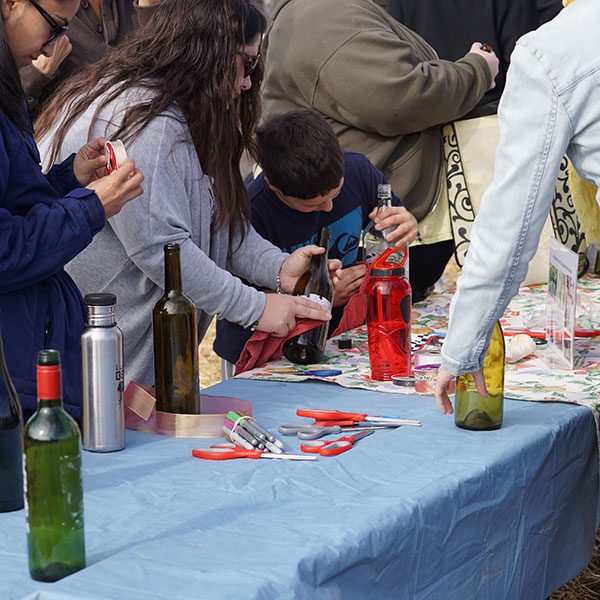
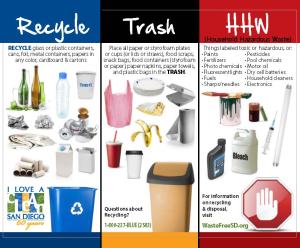
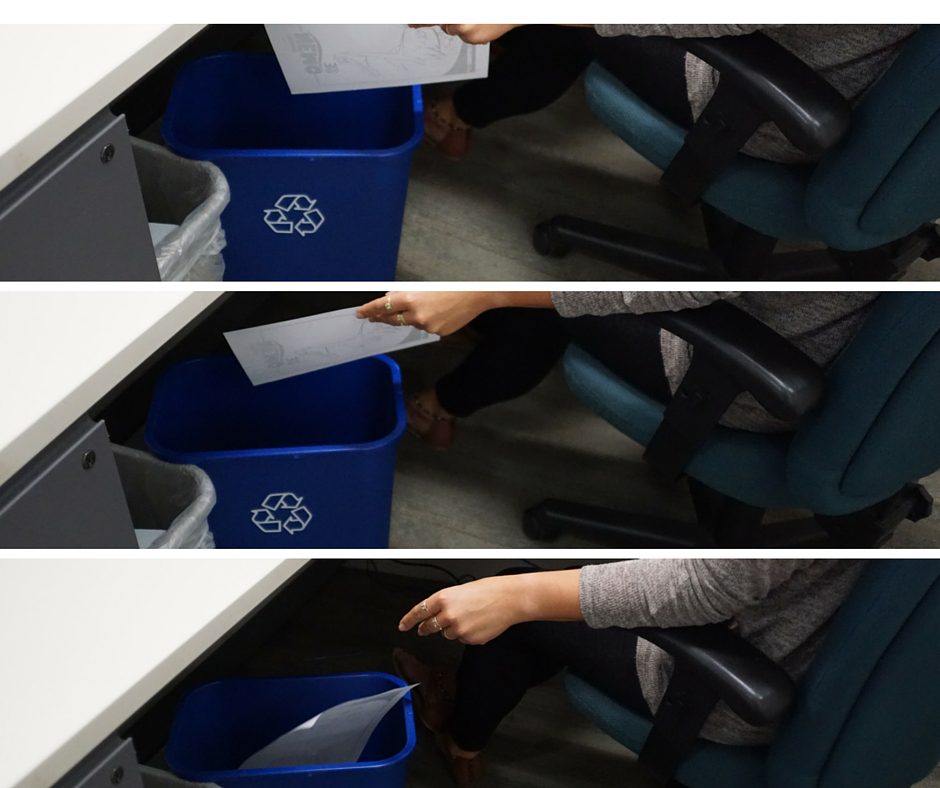




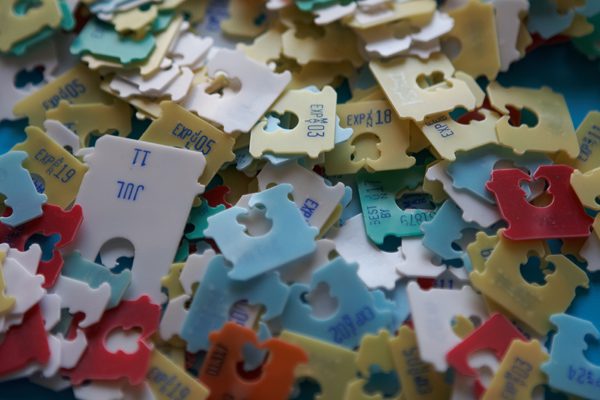
 Remember to check with each location before dropping-off donations to ensure that your items will be accepted and to confirm drop-off times.
Remember to check with each location before dropping-off donations to ensure that your items will be accepted and to confirm drop-off times.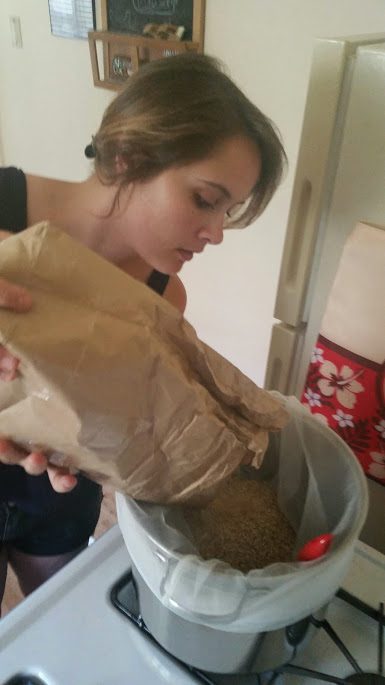 Today’s blog comes from our Community Program Coordinator, Moriah as she shares her love for San Diego craft beer and our environment!
Today’s blog comes from our Community Program Coordinator, Moriah as she shares her love for San Diego craft beer and our environment!
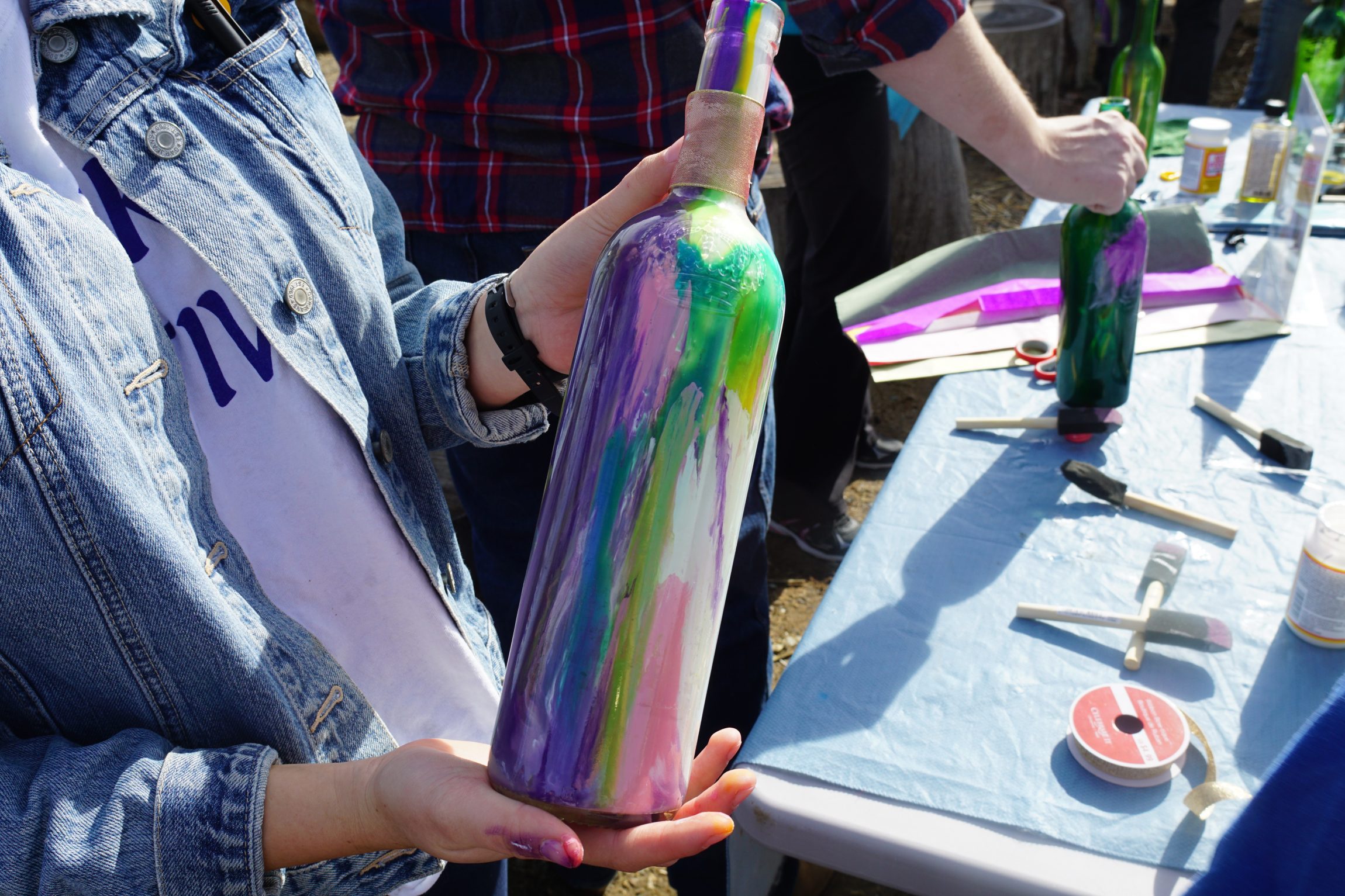
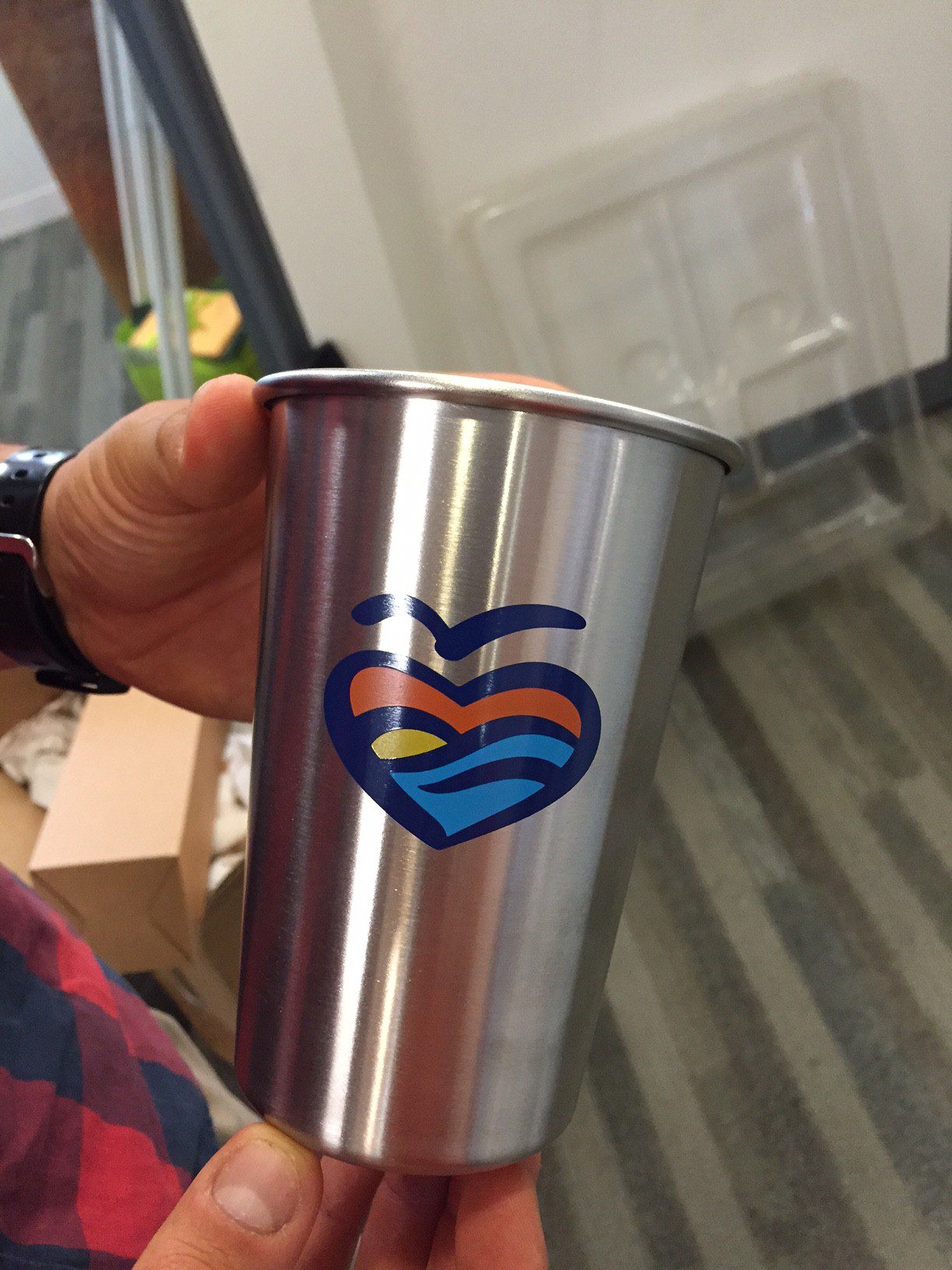
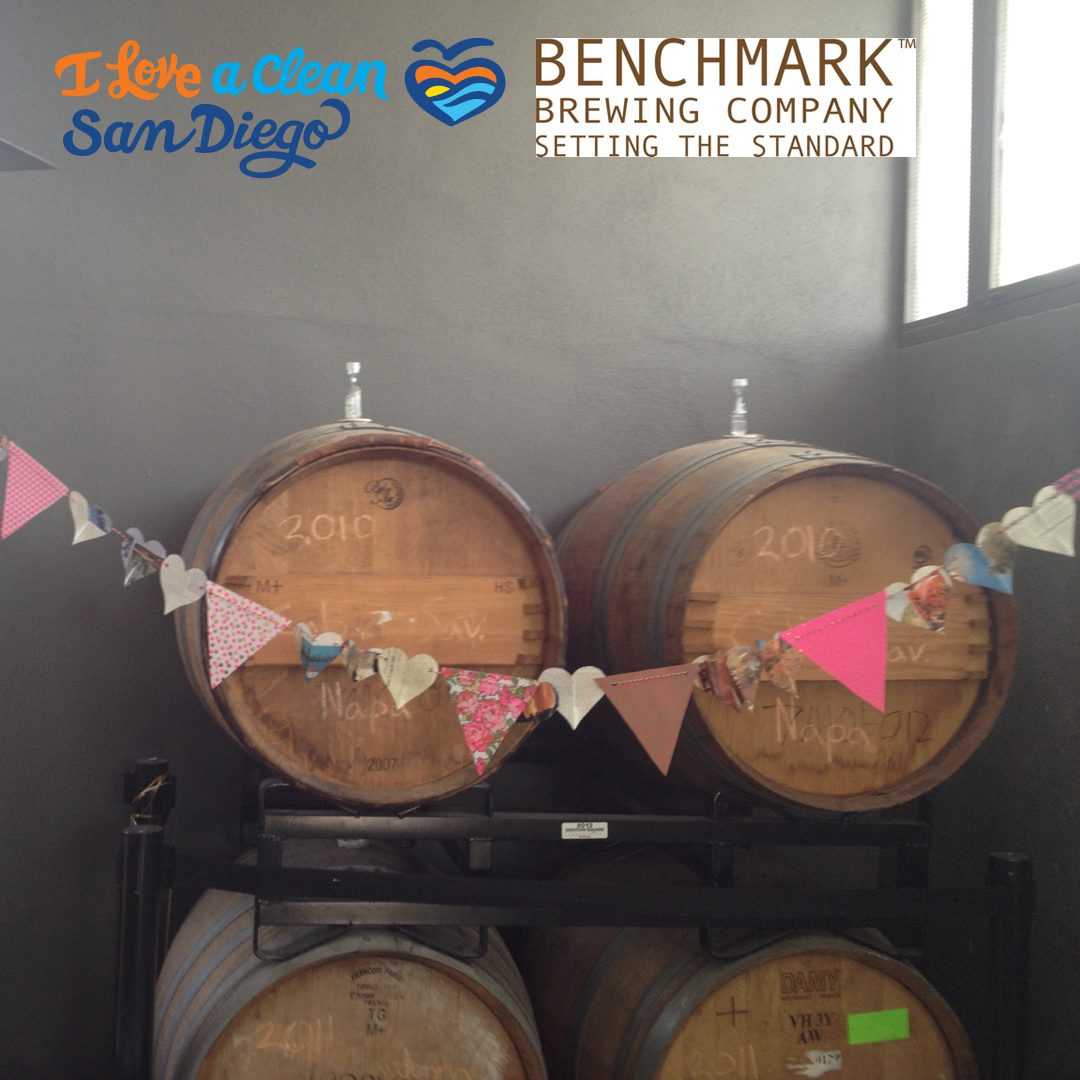
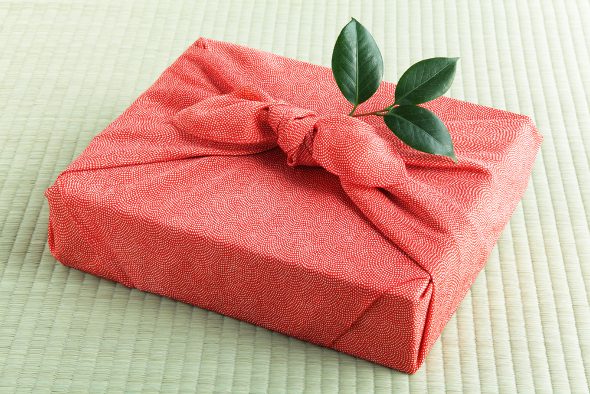
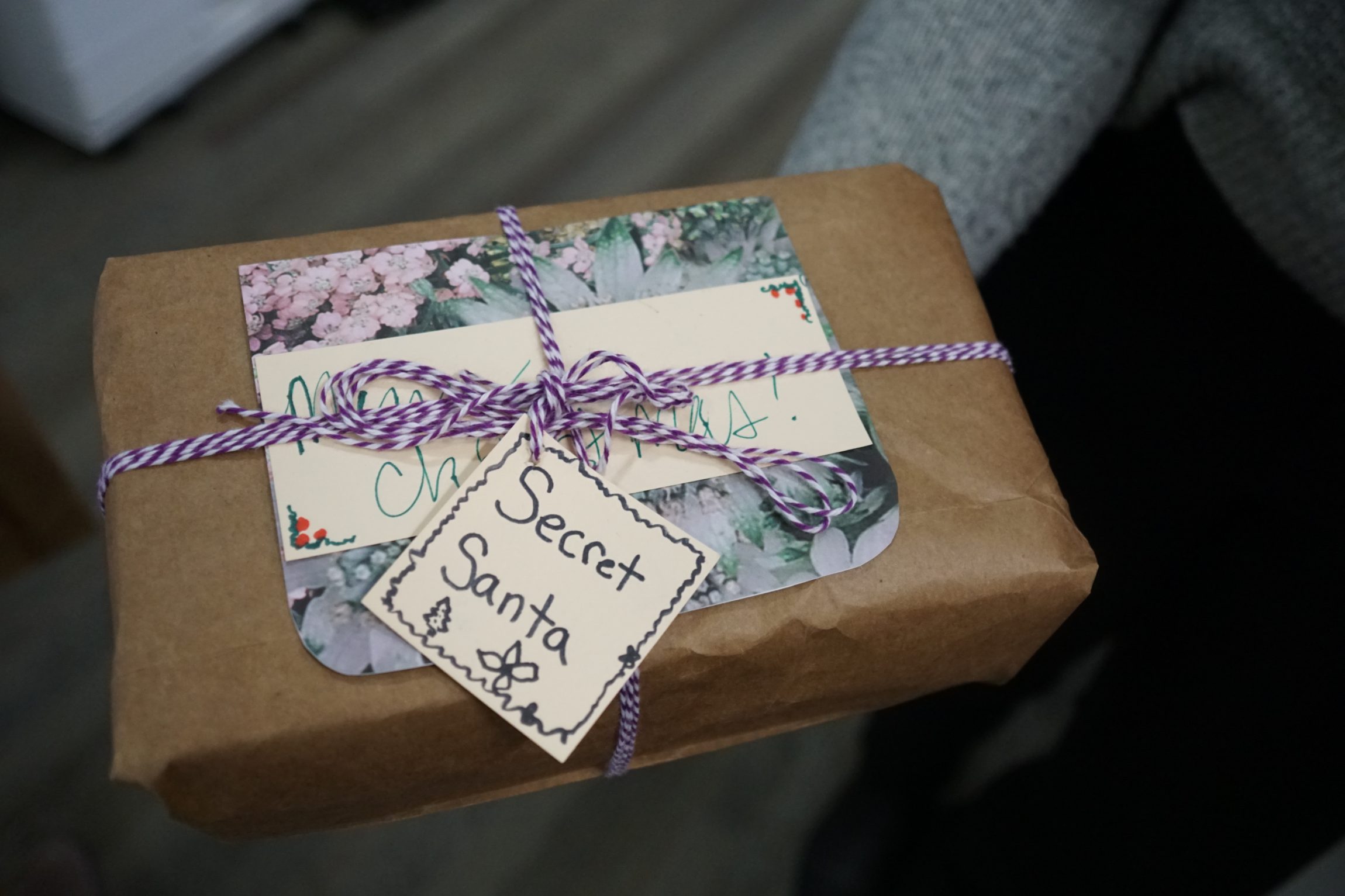
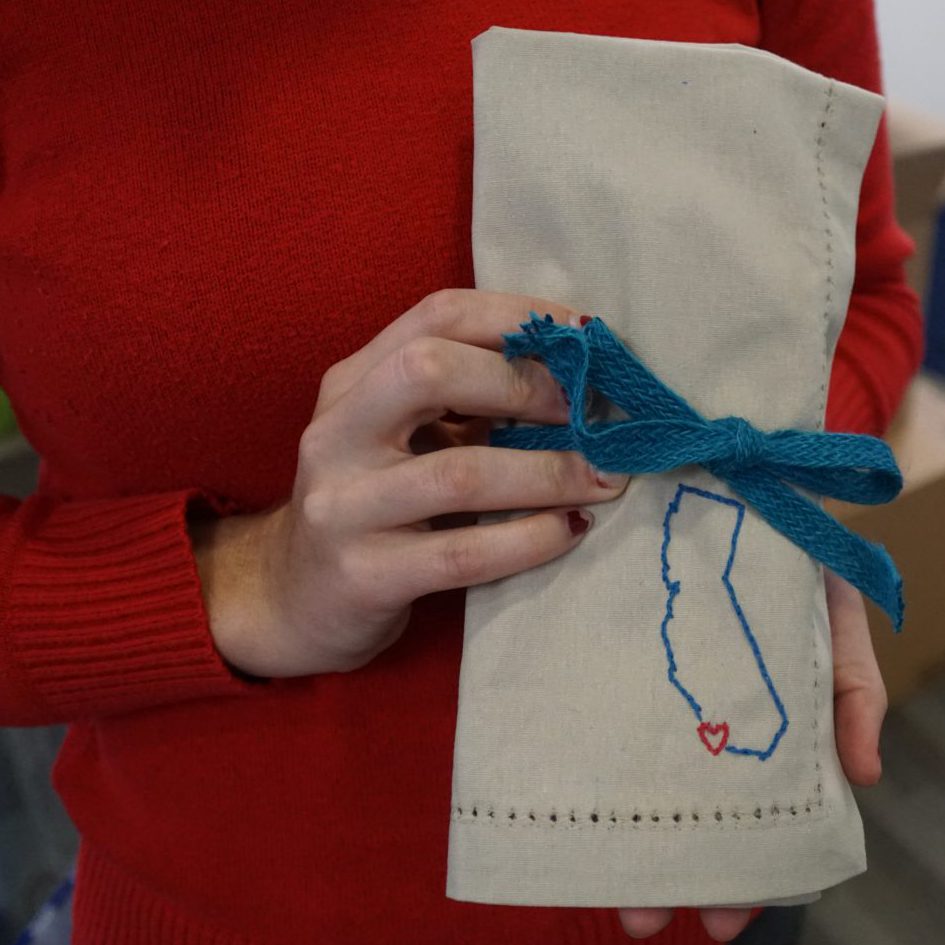
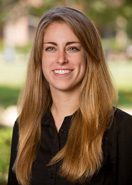
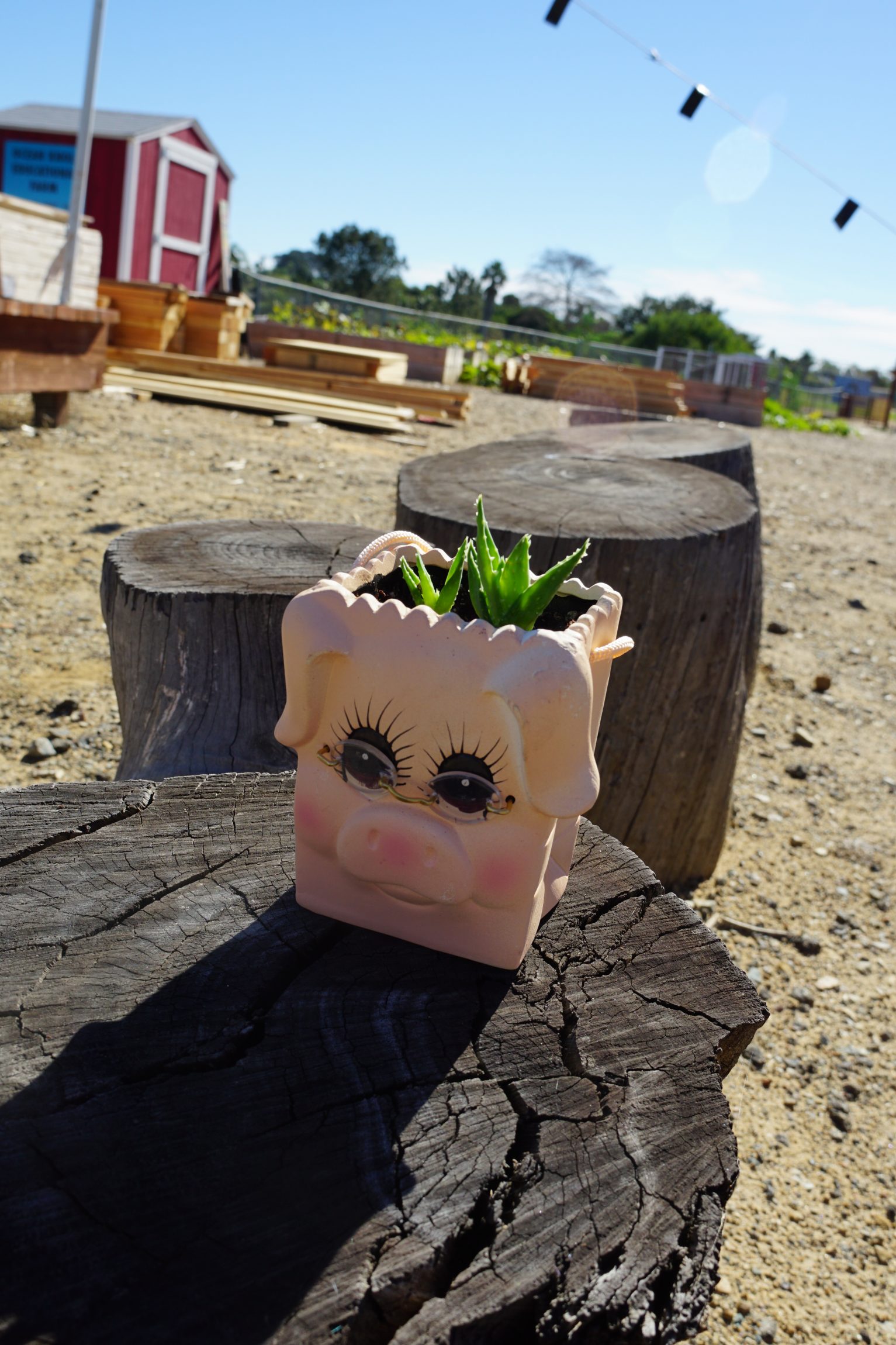 At our first Sustainable Living Series workshop – What to Know about H2O – I Love A Clean San Diego staff set out to tackle that very question. After reviewing the history of water in San Diego, participants rolled up their sleeves and dug into our repurposed planter activity. Using items salvaged from Goodwill as pots, we planted succulents, saving water and saving items from the landfill in one fell swoop.
At our first Sustainable Living Series workshop – What to Know about H2O – I Love A Clean San Diego staff set out to tackle that very question. After reviewing the history of water in San Diego, participants rolled up their sleeves and dug into our repurposed planter activity. Using items salvaged from Goodwill as pots, we planted succulents, saving water and saving items from the landfill in one fell swoop.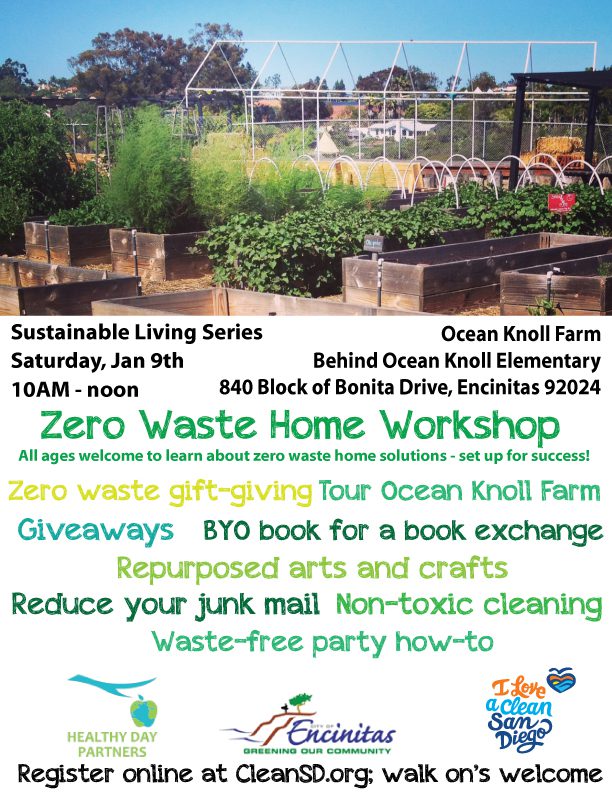
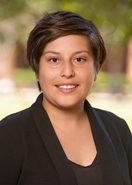 Today’s blog comes from our Hotline Assistant, Ani who enjoys finding recycling resources for even the toughest items and providing those resources to residents across San Diego County. Over the last few months, Ani has developed a strong relationship with Laura Luxemburg, the founder of one of the most unique services in our database, SSubi is Hope. Read on to learn about how Laura and her team of volunteers work to provide medical supplies to those in need around the world.
Today’s blog comes from our Hotline Assistant, Ani who enjoys finding recycling resources for even the toughest items and providing those resources to residents across San Diego County. Over the last few months, Ani has developed a strong relationship with Laura Luxemburg, the founder of one of the most unique services in our database, SSubi is Hope. Read on to learn about how Laura and her team of volunteers work to provide medical supplies to those in need around the world. 